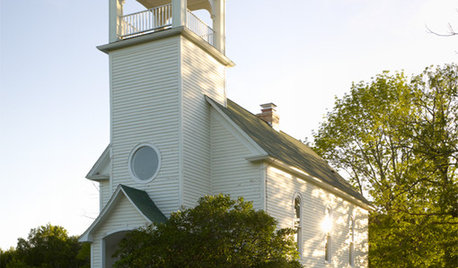Resurrection
michaelg
9 years ago
Featured Answer
Sort by:Oldest
Comments (29)
annesfbay
9 years agorosefolly
9 years agoRelated Professionals
Comstock Park Landscape Architects & Landscape Designers · Benbrook Landscape Architects & Landscape Designers · Ilchester Landscape Architects & Landscape Designers · Richmond Heights Landscape Architects & Landscape Designers · Norwood Landscape Contractors · Cockeysville Landscape Contractors · Emmaus Landscape Contractors · Fairview Landscape Contractors · Gainesville Landscape Contractors · San Rafael Landscape Contractors · Snoqualmie Landscape Contractors · Golden Valley Landscape Contractors · Chesterfield Siding & Exteriors · Longmont Siding & Exteriors · Yorkville Siding & Exteriorsboncrow66
9 years agoanntn6b
9 years agotrue_blue
9 years agosidos_house
9 years agomichaelg
9 years agozeffyrose
9 years agoroseblush1
9 years agosammy zone 7 Tulsa
9 years agobuford
9 years agolori_elf z6b MD
9 years agoingrid_vc so. CA zone 9
9 years agomzstitch
9 years agoSow_what? Southern California Inland
9 years agonippstress - zone 5 Nebraska
9 years agoMichaela (Zone 5b - Iowa)
9 years agotwinkletoad
9 years agofloridarosez9 Morgan
9 years agonikthegreek
9 years agolast modified: 9 years agomichaelg
9 years agonikthegreek
9 years agozeffyrose
9 years agohenry_kuska
9 years agonikthegreek
9 years agolast modified: 9 years agohenry_kuska
9 years agohenry_kuska
9 years agolast modified: 9 years agoodinthor
9 years ago
Related Stories

KITCHEN DESIGNKitchen of the Week: Resurrecting History on a New York Farm
Built with a 1790 barn frame, this modern-rustic kitchen on a working farm honors the past and makes connections in the present
Full Story
HOUZZ TOURSHouzz Tour: Lovingly Resurrecting a Historic Queen Anne
Dedication and a keen eye turn a neglected eyesore into the jewel of its Atlanta neighborhood
Full Story
BEFORE AND AFTERSHouzz Tour: An 1898 Church in Wisconsin Finds Resurrection
Neglected and in disrepair, an old church gets a glorious renovation by an architect with a love of historic details
Full Story
SALVAGEReinvent It: 9 Ways to Resurrect Church Pews
Unusual proportions make these long benches problem solvers as well as unique points of interest all around the home
Full Story
PRODUCT PICKSGuest Picks: Letter Writing in Modern Style
Resurrect the lost art of letter writing with unmistakably current desk accessories, stationery and pens
Full Story
DECORATING GUIDESTastemaker: Meet Reiko Kaneko's Modern China
A ceramicist resurrects traditional English bone china in clever new forms
Full Story
REMODELING GUIDESShingle Style: Warm Home Design for Seaside to Suburb
Gable roofs, unfinished shingles and towers mark America's first "modern" home style
Full Story
HOUZZ TOURSMy Houzz: Once a Schoolhouse and Church, Now a Home and Art Gallery
Creativity and history come alive in attached 19th-century structures in upstate New York, and the local art community makes a new friend
Full Story
GARDENING GUIDES6 Unsung Bulbs for Fall Planting
Don't hang up your spade after summer — plant these unusual bulbs in fall for a spectacular spring show
Full Story
ARCHITECTUREBack to the Futuro: Tour a Lovingly Restored ‘Spaceship’ Home
Travel back to the ’60s Space Age with a rare glimpse inside an original House of the Future
Full Story










michaelgOriginal Author